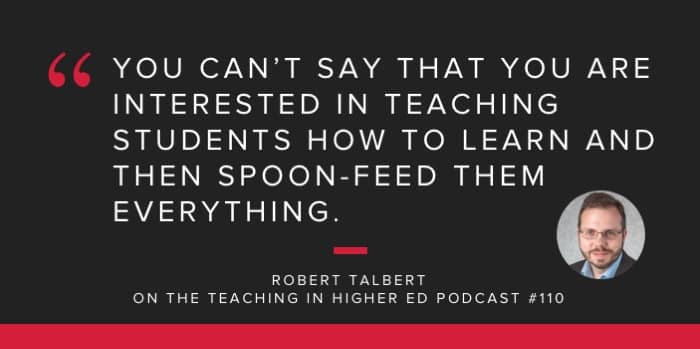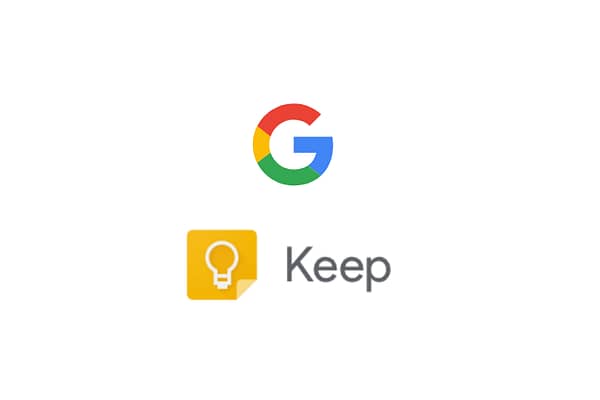Podcast (tihe_podcast):
Play in new window | Download | Transcript
Subscribe: Apple Podcasts | Spotify | RSS | How do I listen to a podcast?
Robert Talbert on self-regulated learning and the flipped classroom.

Quotes
My view about teaching changed completely when I started having kids.
—Robert TalbertYou can’t say that you are interested in teaching students how to learn and then spoon-feed them everything.
—Robert Talbert
Resources
Article: The inverted calculus course and self-regulated learning
Article: The Inverted Calculus Course: Using Guided Practice to Build Self-regulation
Article: We need to produce learners, not just students
Recommendations
Bonni: The Clarify software no longer exists.
Are You Enjoying the Show?
Rate/review the show. Please consider rating or leaving a review for the Teaching in Higher Ed podcast on whatever service you use to listen to it on (iTunes, Stitcher, etc.). It is the best way to help others discover the show.
Give feedback. As always, I welcome suggestions for future topics or guests.
Subscribe. If you have yet to subscribe to the weekly update, you can receive a single email each week with the show notes (including all the links we talk about on the episode), as well as an article on either teaching or productivity.







Hi Robert,
I really enjoyed your discussion about SRL, and in particular the distinction you made between flipped classrooms and flipped learning. While I have experimented with a flipped classroom, after listening to your discussion it was clear to me that I have not been as intentional with activities so that students are truly experiencing flipped learning. I also appreciated the analogy you drew to “baking SRL into courses.” As you expanded upon this, you noted the importance of having a good understanding of who your students are, their needs, majors and the importance of students “unlearning structures” that they encountered previously that were not in line with SRL. I wonder what your thoughts are when an instructor is trying to gain this in-depth understanding of each unique student in larger classrooms in many post-secondary environments.
I especially enjoyed this podcast on flipped learning and self regulated learning. I have taught mathematics for a number of years and often work against the grain of the typical lecture in front of the class. I naturally move more towards spiralling and flipped learning. I especially love how you linked self regulated learning to this style of teaching. Flipping the learning intentionally puts students in a position to practice self regulating learning! The choices they are given and the guided posts along the way is such a powerful way of to have students directly involved and responsible for their own learning. I am curious to know whether or not you think there is an age at which the method of flipped learning is best? Does a student need a certain maturity within the matrix of self regulated learning for a flipped learning classroom to be most effective?
I am often faced with teachers who feel that only courses like applied mathematics or lower level college stream classes are best to flip but that courses like advanced functions and calculus are not courses that should be flipped. I am curious what your comment would be to those who have that understanding. The other road block I have run into is parents not understanding the idea of a flipped classroom. In postsecondary you do not have to concern yourself with the parents or guardians of your students but I am curious what your recommendation would be in clarifying to parents why flipped learning is an extremely effective way to teach mathematics regardless of the level of study. Most of these parents understood by the end of the term because they saw the results in the grades but I am looking for ways to explain it without having to have the higher grades as the evidence!